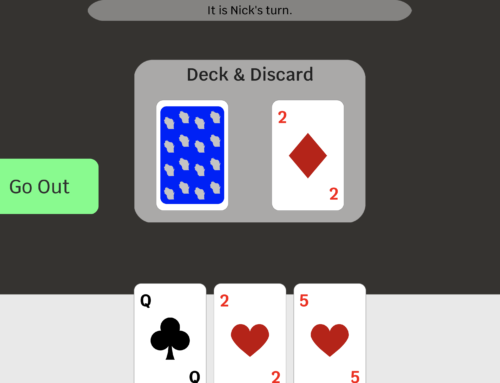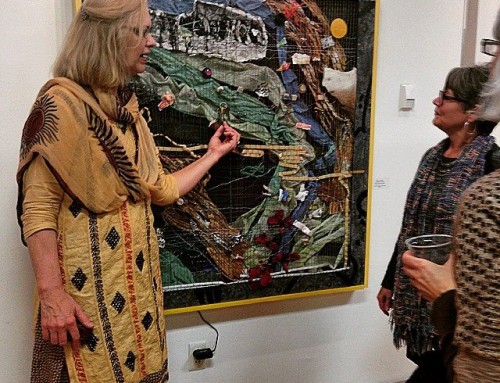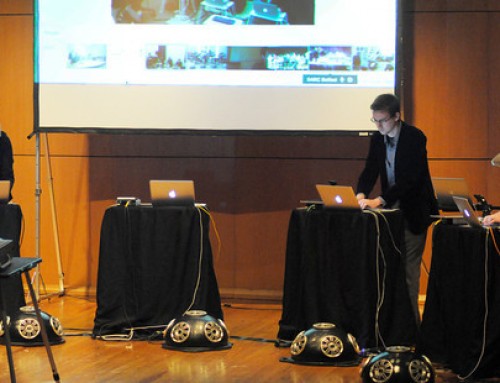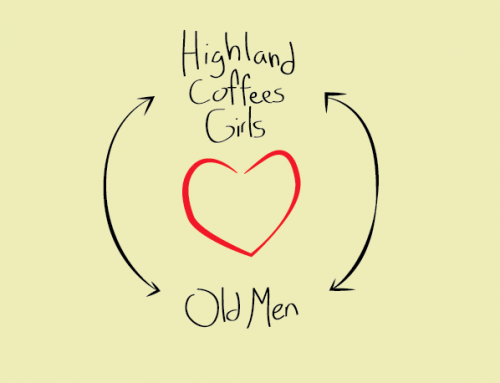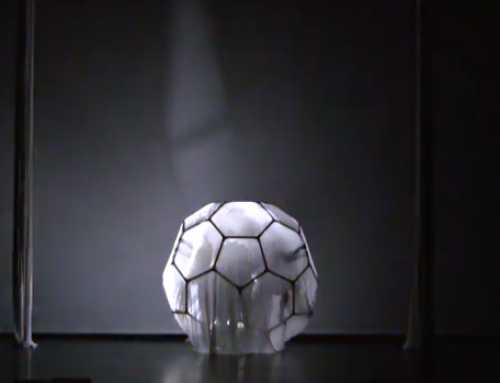I’ve been working on my piece What the Pluck for solo cello and laptop ensemble, whereby the wii-mote performers borrow a cello-performance posture and playing motion. The goal physical goal is to have gestural similarities performed on by the wii-performers with similar sonic outcomes (at first).
I’m going to break down a couple perspectives I am using when creating this work.
Performer Perspective: Bill Verplank believes (this is a summary) that there are three questions to ask when developing interactions– and they’re all based around the user: What does the user know, do, and feel?
There are several different contexts and questions in Verplank’s method, but they all reviled around these topics. For example, for conceptual modeling for the user, what is an analog for the thing your design? — does he/she understand a similar action-result paradigm?
Link: [Interaction Design Sketchbook by Bill Verplank]
Compositional Rambling: A lot of mixed acoustic and electroacoustic music, where a new instrument (digital or not) is involved seems to fill the beginning of piece with introduction to the new instrument. ‘This is what the instrument can do…”, “and it has similarities to this regular acoustic instrument”, “now let me diverse from the similarities”.
Instead of grundgestalt, pieces begin with ‘digital instrument tuning notes’ — a basic flexing of the instrument’s boundaries instead of musical/compositional material.




